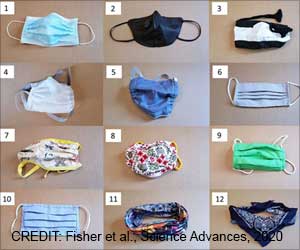Fluoroquinolones - A Review I
Prof Head, Department of pharmacology
NEWER FLUOROQUINOLONES
Pharmacological ASPECTS of NEWER QUINOLONES
MAJOR CLINICAL APPLICATIONS
INTRODUCTION
The interest of the medical community in flouroquinolones has not decreased despite more than ten years of continuous and growing use of these agents. This constant need for new anti microbials has produced a variety of newer flouroquinolones termed as I, II, III, and IV generation as well as a handful of relatively similar compounds . With I generation compounds like Nalidixic acid, Pipemidic acid, and cinoxacin by virtue of their limited activity against Gram negative organisms with poor plasma concentration and high urinary concentration are indicated only in uncomplicated urinary tract infections. With older quinolones many of the organisms are not covered or inadequately covered, Gram positive organisms, Atypical intracellular pathogens, Mycobacteriae and anaerobic organisms are excluded and because of poor blood concentrations they are not suitable for systemic infections and hence the search for newer quinolones to cover the Gram positive organisms including resistant strains of Streptococci pneumoniae, Enterococci, Staphylococci epidermides, Staphylococci aureus ,Mycobactriae, Chlamydiae, Mycoplasmae and Legionellae species.











